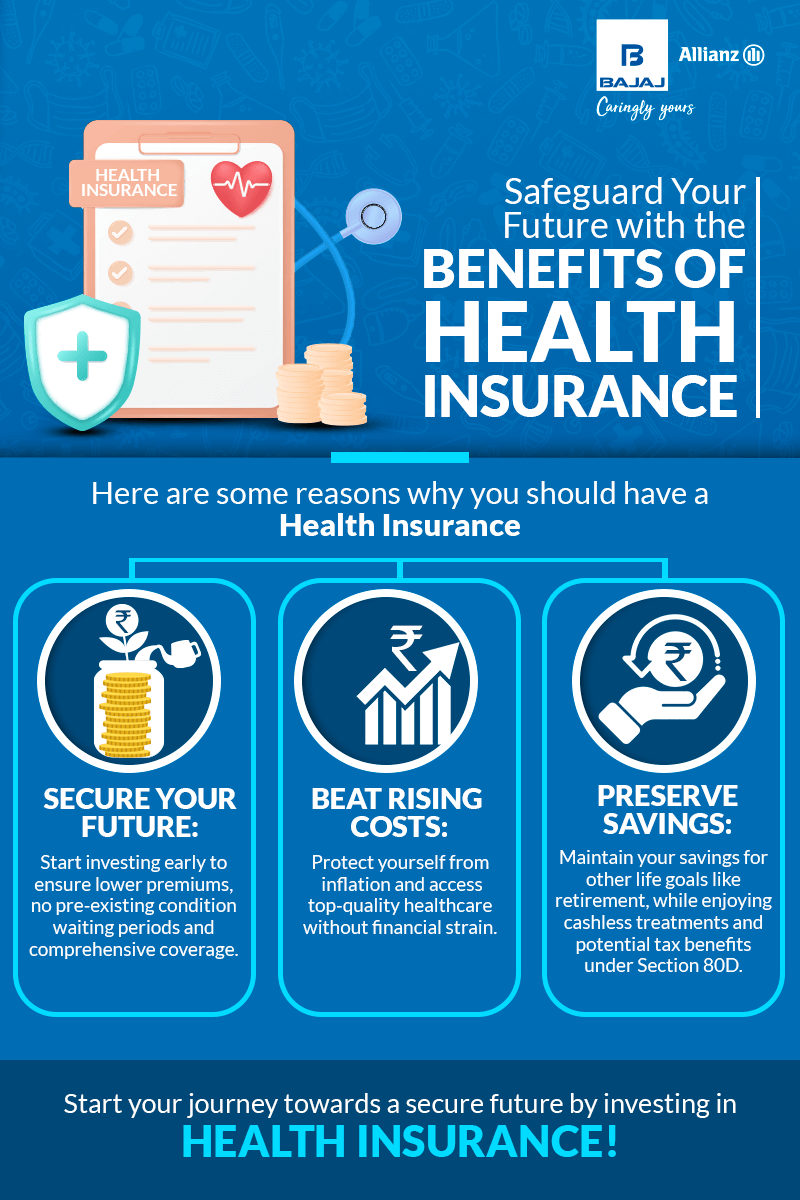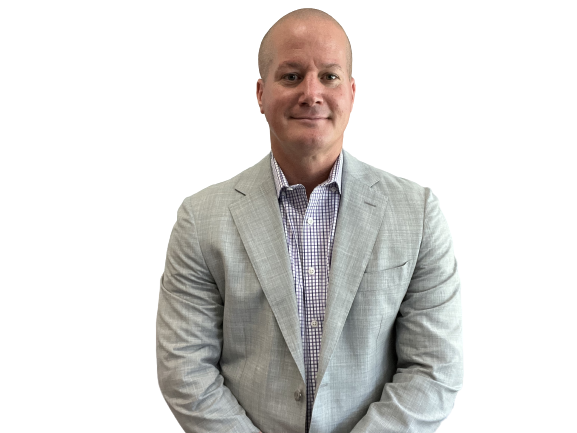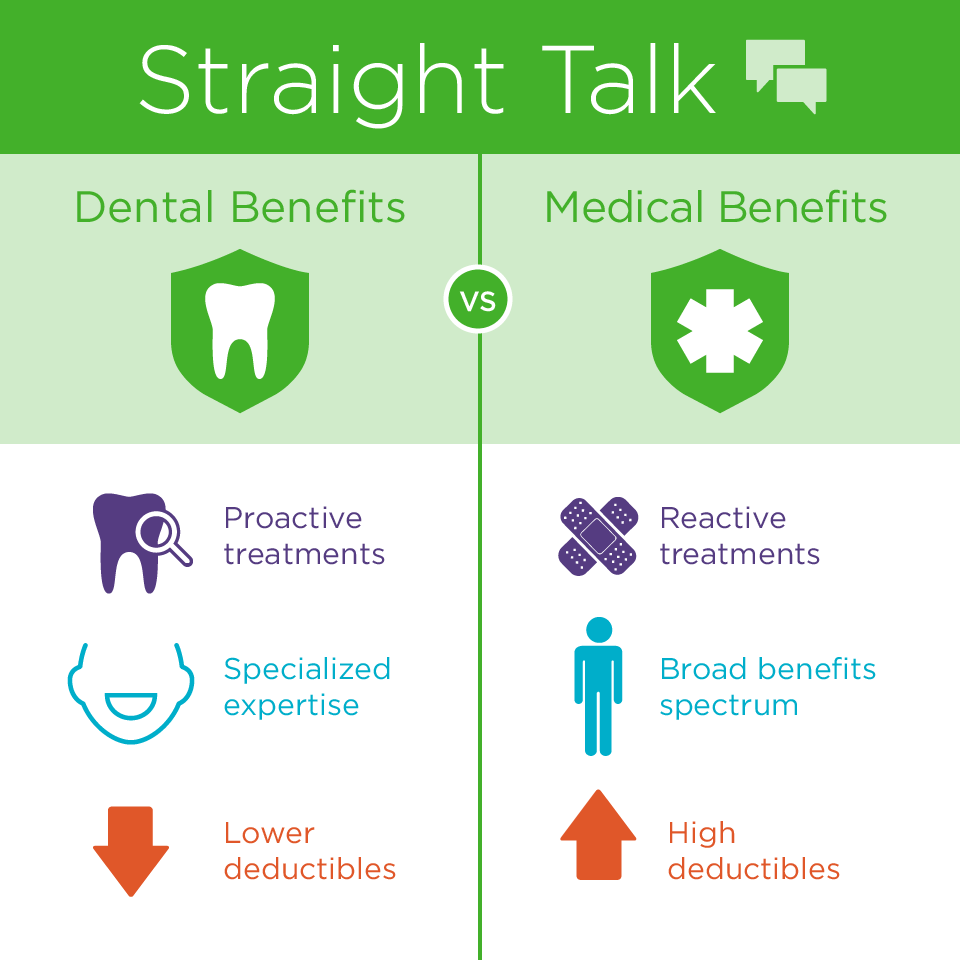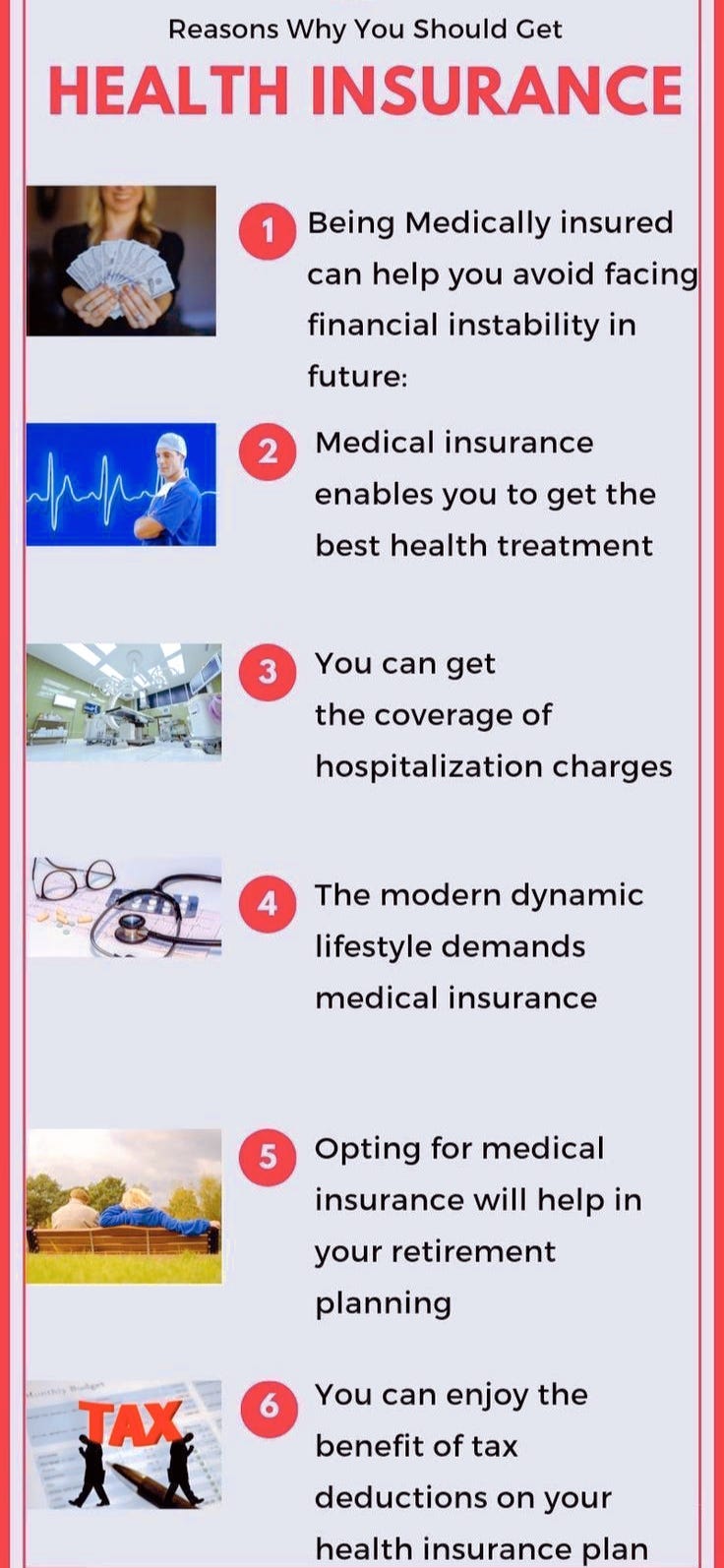Medicare Advantage Agent Things To Know Before You Get This
Medicare Advantage Agent Things To Know Before You Get This
Blog Article
How Medicare Advantage Agent can Save You Time, Stress, and Money.
Table of ContentsNot known Facts About Medicare Advantage AgentWhat Does Medicare Advantage Agent Do?Little Known Facts About Medicare Advantage Agent.


follows from adheres to the relatively young age profile of the uninsured with without insurance better health, wellness average, standard younger personsMore youthful For those without accessibility to work environment health insurance coverage, inadequate health is a prospective obstacle to buying nongroup insurance coverage because such protection may be highly valued, omit preexisting conditions, or be just unavailable. Unless or else kept in mind, national price quotes of individuals without health and wellness insurance policy and percentages of the populace with different kinds of coverage are based on the CPS, the most widely utilized source of price quotes of insurance policy coverage and uninsurance rates.

Medicare Advantage Agent Fundamentals Explained
Over a three-year duration starting early in 1993, 72 million people, 29 percent of the united state populace, lacked protection for at the very least one month. Within a single year(1994), 53 million people experienced at the very least a month without insurance coverage(Bennefield, 1998a). 6 out of every ten without insurance grownups are themselves utilized. Working does boost the possibility that one and one's family participants will have insurance coverage, it is not an assurance. Even members of family members with 2 full-time breadwinner have almost a one-in-ten possibility of being without insurance (9.1 percent uninsured rate)(Hoffman and Pohl, 2000 ). The relationship in between medical insurance and accessibility to care is well established, as recorded later on in this phase. Although the connection in between health and wellness insurance policy and health end results is neither straight nor simple, an extensive scientific and wellness solutions study literature links medical insurance coverage
to better accessibility to care, better high quality, and boosted individual and populace wellness status. The second report, on personal wellness end results for without insurance adults, is represented by the innermost circle of the figure, while the 3rd report, on household well-being, encompasses the topics of the 2nd record yet highlights a different unit of analysis, specifically, the family. The 6th report in the series will certainly provide details concerning methods and efforts carried out in your area, statewide, or country wide to address the absence of insurance policy and its damaging effects. Levels of evaluation for analyzing the results of uninsurance. This conversation of medical insurance protection focuses mostly on the U.S. population under age 65 since essentially all Americans 65 and older have Medicare or other public coverage.
Furthermore, it focuses specifically on those without any kind of medical insurance for any kind of size of time. The issues dealt with by the underinsured are in some aspects similar to those faced by the uninsured, although they are typically less extreme. Uninsurance and underinsurance, nonetheless, entail clearly various plan i loved this concerns, and the approaches for addressing them may differ. Throughout this study and the five records to comply with, the main focus gets on individuals without wellness insurance and therefore no assistance in spending for healthcare beyond what is available through charity and safety net establishments. Medical redirected here insurance is an effective factor influencing invoice of treatment because both clients and physicians react to the out-of-pocket cost of services. Medical insurance, nevertheless, is neither essential nor adequate to acquire access to clinical solutions. However, the independent and straight impact of health
insurance policy coverage on accessibility to health and wellness services is well developed. Others will get the healthcare they need also without health and wellness insurance, by paying for it out of pocket or seeking it from suppliers that provide treatment complimentary or at highly subsidized prices. For still others, medical insurance alone does not make certain invoice of care as a result of other nonfinancial obstacles, such as a lack of wellness care carriers in their community, restricted access to transport, illiteracy, or etymological and cultural differences. Official study about without insurance populations in the United States dates to the late 1920s and early 1930s when the Board on the Cost of Treatment generated a series of records concerning financing doctor workplace check outs and hospitalizations. This concern ended up being salient as the numbers of medically indigent climbed up during the Great Anxiety. Empirical researches constantly support the web link in between access to care and improved health and wellness end results(Bindman et al., 1995; Starfield, 1995 ). Having a normal resource of care can be thought about a predictor of accessibility, instead than a straight measure of it, when health results are themselves utilized as access indicators. This extension of the notion of gain access to measurement was made by the IOM Committee on Checking Accessibility to Personal Wellness Treatment Provider(Millman, 1993, p. Whether moms and dads are insured shows up to impact whether or not their kids get care as well as exactly how much careeven if the children themselves have insurance coverage(Hanson, 1998). The health of moms and dads can impact their capability to take care of their kids and the level of family anxiety. Fretting about their kids's access to care is itself a source of tension for parents. Three chapters follow in this report. Chapter 2 offers a summary of just how employment-based medical insurance, public programs and specific insurance plans run and interact to offer extensive but more information incomplete protection of the united state population. This consists of a testimonial of historical fads and public policies influencing both public and personal insurance policy, a conversation of the interactions among the different kinds of insurance policy, and an evaluation of why individuals relocate from one program to one more or wind up

Report this page